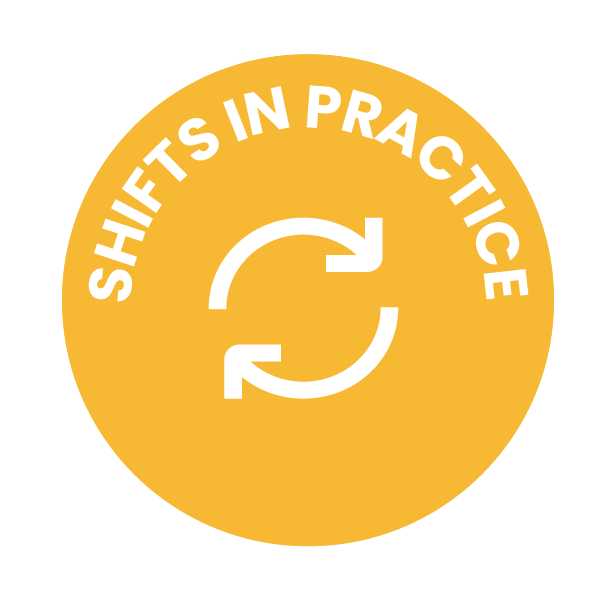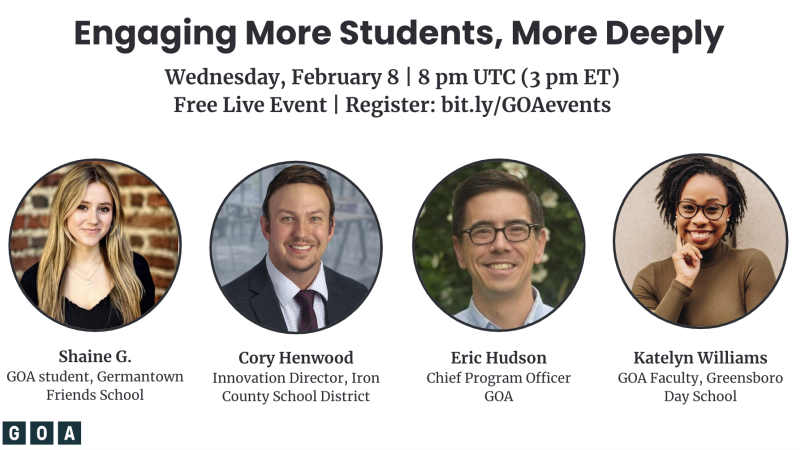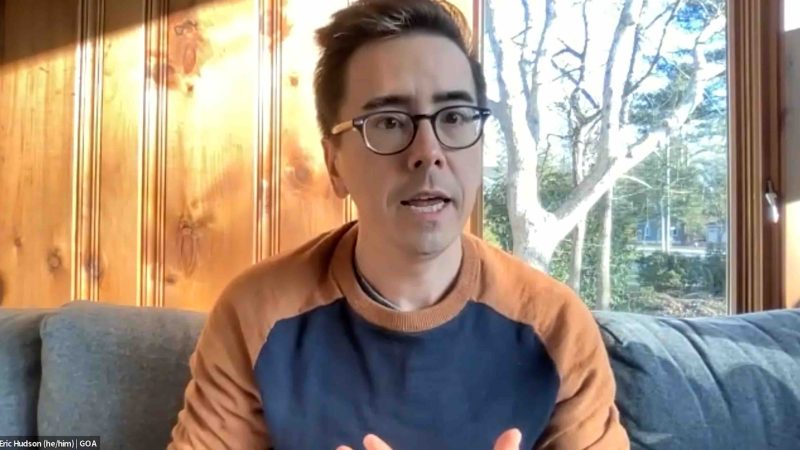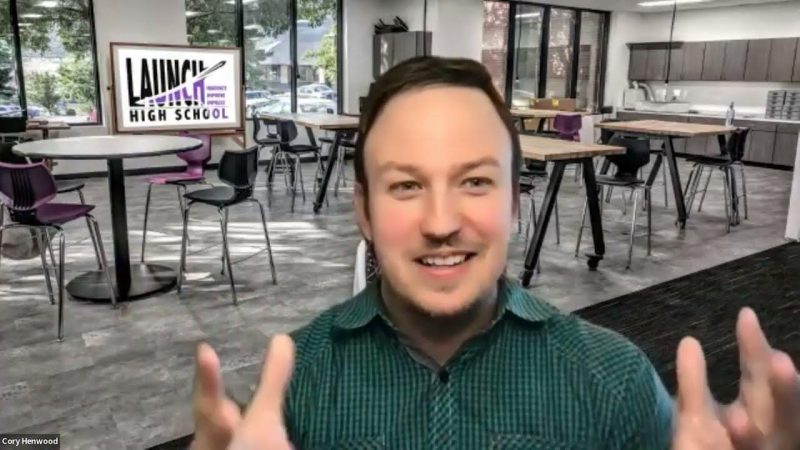Engaging More Students, More Deeply
We set out to explore how schools and educators could go about “Engaging More Students, More Deeply” in a webinar with district, school, classroom and student perspectives weighing in. The panelists used the Academic Mindsets framework developed at the University of Chicago to discuss engagement, and three main themes and takeaways surfaced from the discussion.
Watch the full webinar recording
45 minutes
Know Who We Teach
Cory Henwood, Director of Innovation at Iron County School District underscored that engagement boils down to not what we teach but who we teach. Emily Jane Style, co-founder of The National SEED Project, said “half the curriculum is who walks in the room.” In order to engage we should first ask students what they’re interested in and how they learn best, and then listen, offers Eric Hudson, GOA’s Chief Program Officer. And this asking and listening require structures in order to have the desired impact: to engage more students, more deeply.
Shaine, a senior at Germantown Friends School, said that discussion-based learning is a classroom practice that is engaging, surfaces varied perspectives, and has the power to foster trusting relationships to reveal who students are in the classroom. There is a shift in focus from content-driven to student-driven learning, which is palpable. Katelyn Williams, middle school counselor at Greensboro Day School and GOA faculty, added that beyond being seen and heard, students want to be understood. That last piece suggests a responsiveness to what students say- to who they are.
Foster Flexible Learning Pathways
A structure that one charter network leader shared is the student council to surface needs and interests like providing more electives tied to student interests and possible post-secondary career paths. Decisions about course offerings and how learning is structured are informed and guided by the council. Henwood also mentioned the power of multiple pathways to offer flexibility around how students achieve their goals. This could include hands-on learning and internships, taking courses on college campuses or online, as well as independent study. It entails thinking beyond the walls of the classroom, textbook and unit test. It also includes offering a variety of ways to demonstrate learning. A deeper paradigm shift to support the learning process and authentic assessment (versus the unit test) may have to happen at the district or school level coupled with professional learning around assessment, rubrics and feedback for teachers.
Learning pathways can also provide students with opportunities to delve deeper into a subject of interest. If a student is interested in business after taking that economics class, they may also want to take classes in business problem solving, entrepreneurship, cryptocurrency and investments. School structures that foster that curiosity through coursework, internships, independent study, etc can engage more students, more deeply.
Collaborate on the process, not the product, Eric Hudson
Autonomy, Belonging, and Confidence, Katelyn Williams
Value students’ passions and the things they want to make change in, Cory Henwood
Engage Stakeholders
Henwood raised the idea of engaging community stakeholders in a process to develop the “portrait of a graduate,” including the skills and competencies they want every Iron County student to develop during their tenure in the district. The system-wide effort raises up the community’s values and the future-looking aspirations of their students. And many of those competencies that districts and states include in their portrait of a graduate are tied to the four academic mindsets and are enablers of engagement: empathy, problem solving, adaptability, communication, curiosity, creativity, personal responsibility, etc. The competencies have value in and of themselves, and they enable students to achieve academically and in life. Developing these durable competencies is more about the student and less about the content or output; it's about the process or pathway. In order to help students develop durable competencies, they should be scaffolded and articulated up the grades and present across all subjects. These structures are designed into the school and how students are assessed, which are system commitments.
Williams shared a situation where a student appeared disengaged with school upon returning from the pandemic- not apt to participate in class discussion and not handing in assignments. A team composed of his parents, counselor and teachers made a plan for him to meet with his teachers individually for lunch to learn more about them. The spotlight shifted from what the student was not doing to him being in the driver’s seat and asking his teachers about their lives and interests. So when he was in class and those teachers were asking questions or for students to contribute, it was now Mr. so-and-so who also likes to watch The Walking Dead asking. The connection was fuller and more two-way.
The shift away from product and content and toward relationships, process and pathways is reflected in the idea of “engaging more students, more deeply” and the “portrait of a graduate.” We are urging toward the people– students, themselves, maybe with some recognition that the world is changing so quickly and we cannot know or predict the precise content that will serve them, or us, well. When asked what they are keeping an eye on one-to-three years from now Ms. Williams said the social-emotional states of students, as the fall-out from the pandemic is still showing up in some unexpected ways; Mr. Hudson said AI and how it will impact how we teach, learn, do work and live. Mr. Henwood said: “This is an exciting time in education;” we now have the technology to help kids learn and in ways that best serve them.
For more, see:

This post is part of our Shifts in Practice series, which features educator voices from GOA’s network and seeks to share practical strategies that create shifts in educator practice. Are you an educator interested in submitting an article for potential publication on our Insights blog? If so, please read Contribute Your Voice to Share Shifts in Practice and follow the directions. We look forward to featuring your voice, insights, and ideas.
GOA serves students, teachers, and leaders and is comprised of member schools from around the world, including independent, international, charter, and public schools. Learn more about Becoming a Member. Our professional learning opportunities are open to any educator or school team. Follow us on LinkedIn and Twitter. To stay up to date on GOA learning opportunities, sign up for our newsletter.




